Fatih Sultan Mehmet – Mehmet the Conqueror
In many countries around the world it’s traditional to give a key as a present when someone turns 21. It’s a sign they’ve reached maturity and are now an adult. Famous people like sportsmen, film stars and successful residents are sometimes also given the ‘keys to the city’ to acknowledge their contributions to a particular place or town. When they get the keys it’s not meant literally. It’s symbolic, unless of course you’re Fatih Sultan Mehmet, better known as Mehmet the Conqueror.
Fatih Sultan Mehmet, or FSM for short, was only 21 when he received the metaphorical keys for Constantinople (now known as Istanbul). Actually he wasn’t given them, he took them, after a siege lasting several months, culminating in the final and decisive push on May 29 in 1453.
Fatih Sultan Mehmet was born on 30 March 1432 and was the seventh Ottoman Sultan. He spent much of his life engaged in battles to retain and then expand Ottoman territory. Although he was a clever statesman and effective military leader Fatih Sultan Mehmet wasn’t just a fighter. He made many political and social reforms too.
One of them was to the Kanunname (Code of Law) which ordered various organisational positions be established to produce a new legal code to suit the geographical expansion of the Ottoman Empire. During his reign fratricide, the killing of brothers, was legitimised when it came to ensuring who would be the next Sultan. It’s believed Fatih Sultan Mehmet (Mehmet II) made this decision to avoid what had happened to his grandfather, Mehmet I. He’d had to fight a civil war with his brothers before he could take the throne in 1413.
Fatih Sultan Mehmet and culture
On a more cultural note Fatih Sultan Mehmet was interested in literature, fine arts, monumental architecture and the sciences. He loved nature, was passionate about tulips and made time to admire the Judas trees when they bloomed on the slopes of the Bosphorus in spring.
In his youth he received a solid education and he studied Sufism, science, ancient Greek history and read books on war and politics throughout his life. During Fatih Sultan Mehmet’s long period reigning the Empire (February 1451 to May 1481), the Ottoman court included Italian and Greek courtiers in addition to scholars, artists and historians from Islamic and Western schools of thought. His portrait by famous Italian painter Bellini is symbolic of the value he placed on international input to his rule.
Conqueror, Sultan and intellectual, Fatih Sultan Mehmet’s legacy can still be found in Istanbul where a district, bridge and mosque are all named after him.
**********
I hope you enjoyed this post. If you’re in the process of planning your trip to Turkey, here are my helpful tips.
For FLIGHTS I like to use Kiwi.com.
Don’t pay extra for an E-VISA. Here’s my post on everything to know before you take off.
However E-SIM are the way to go to stay connected with a local phone number and mobile data on the go. Airalo is easy to use and affordable.
Even if I never claim on it, I always take out TRAVEL INSURANCE. I recommend Visitors Coverage.
I’m a big advocate of public transport, but know it’s not suitable for everyone all the time. When I need to be picked up from or get to Istanbul Airport or Sabiha Gokcen Airport, I use one of these GetYourGuide website AIRPORT TRANSFERS.
ACCOMMODATION: When I want to find a place to stay I use Booking.com.
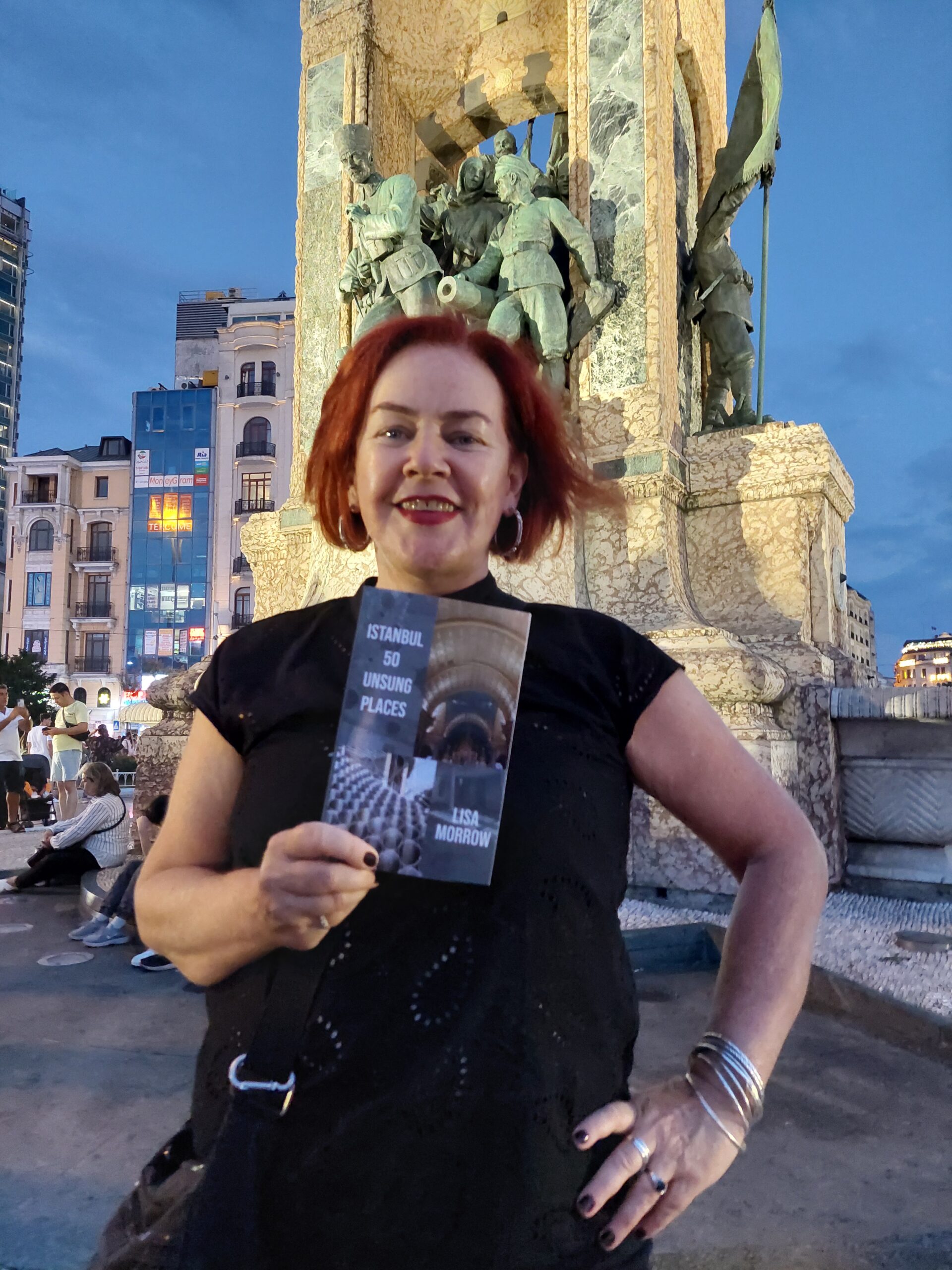
CITY TOURS & DAY TRIPS: Let me guide you around Kadikoy with my audio walking tour Stepping back through Chalcedon or venture further afield with my bespoke guidebook Istanbul 50 Unsung Places. I know you’ll love visiting the lesser-known sites I’ve included. It’s based on using public transport as much as possible so you won’t be adding too much to your carbon footprint. Then read about what you’ve seen and experienced in my three essay collections and memoir about moving to Istanbul permanently.
Browse the GetYourGuide website or Viator to find even more ways to experience Istanbul and Turkey with food tours, visits to the old city, evening Bosphorus cruises and more!
However you travel, stay safe and have fun! Iyi yolculuklar
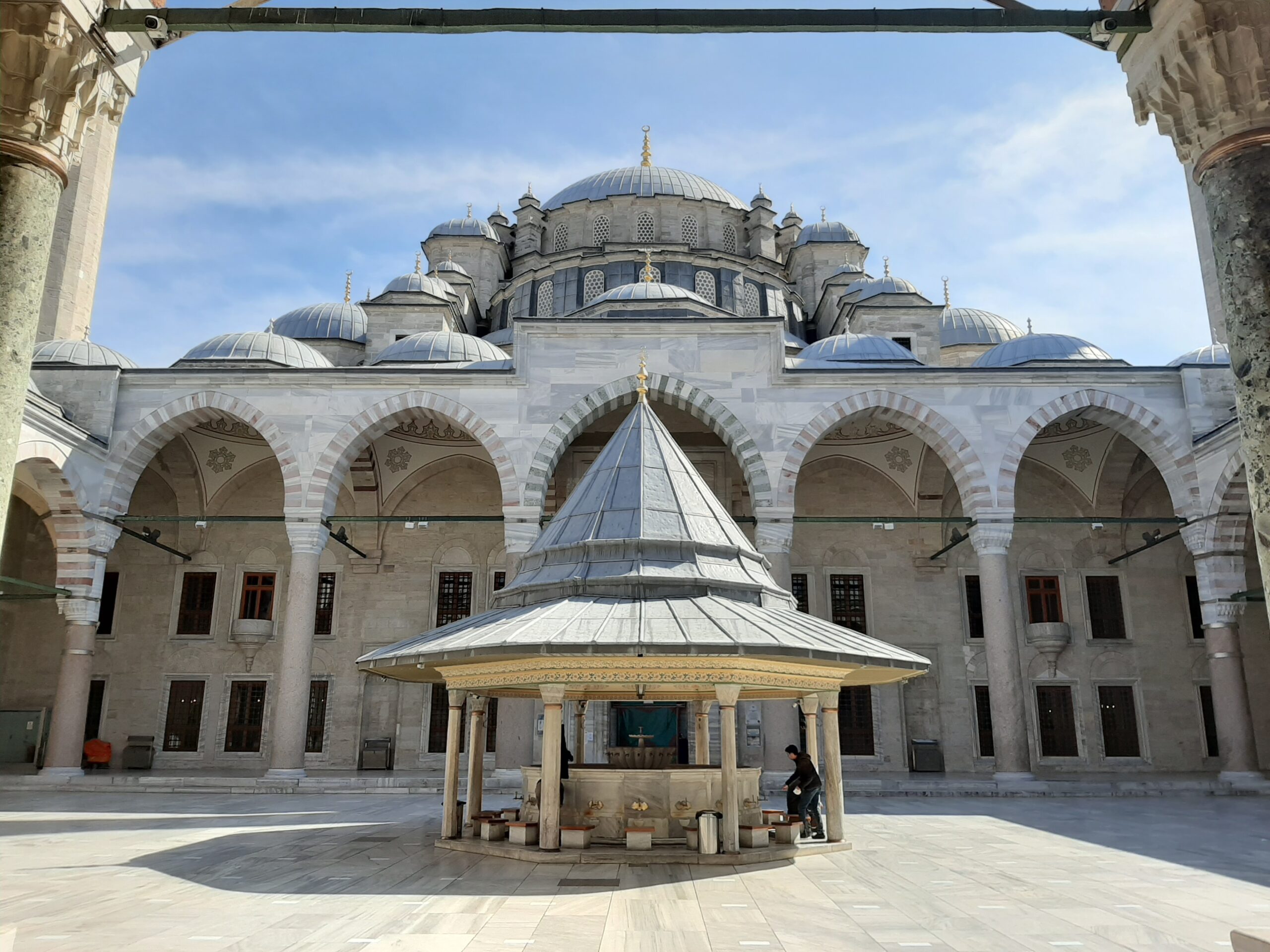
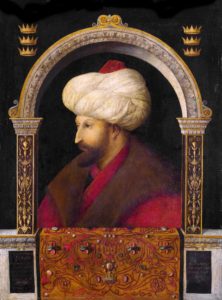
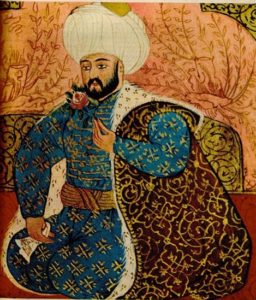
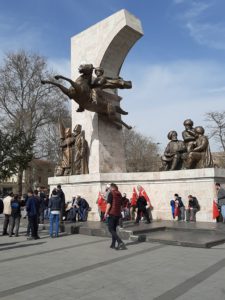
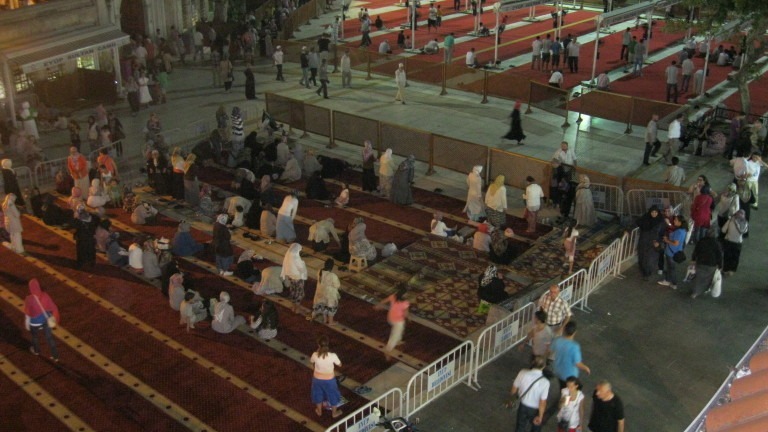
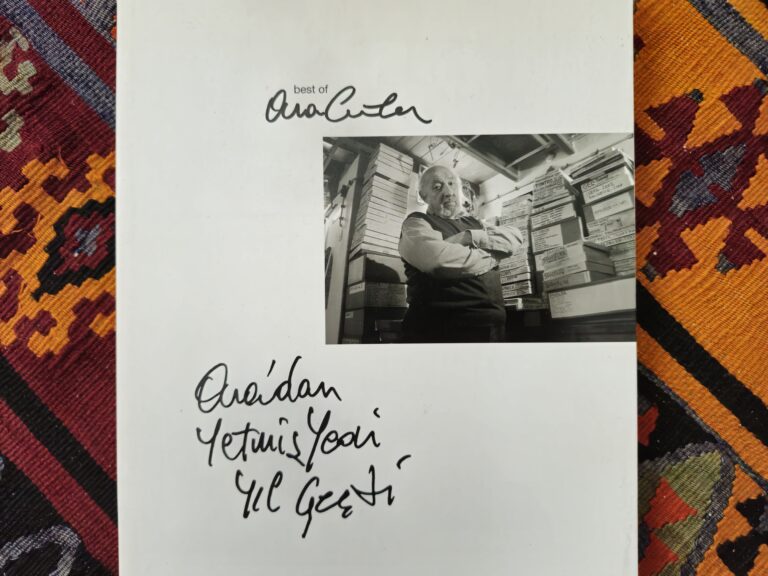
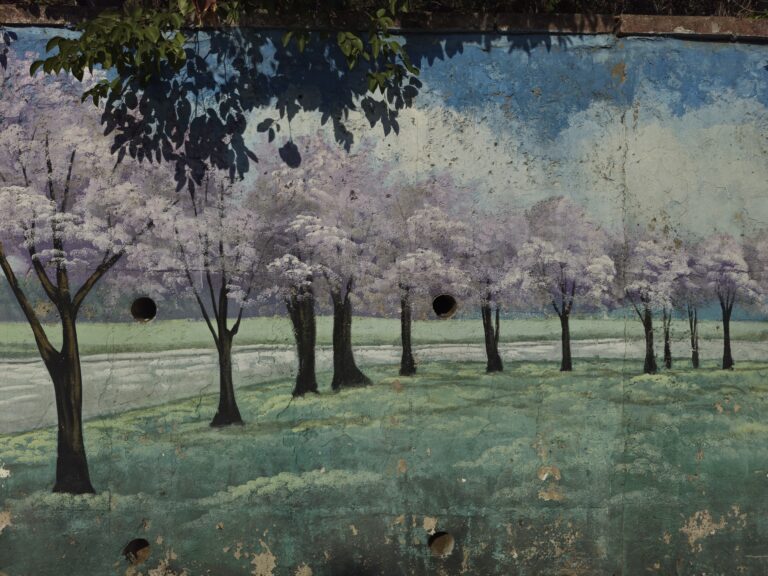
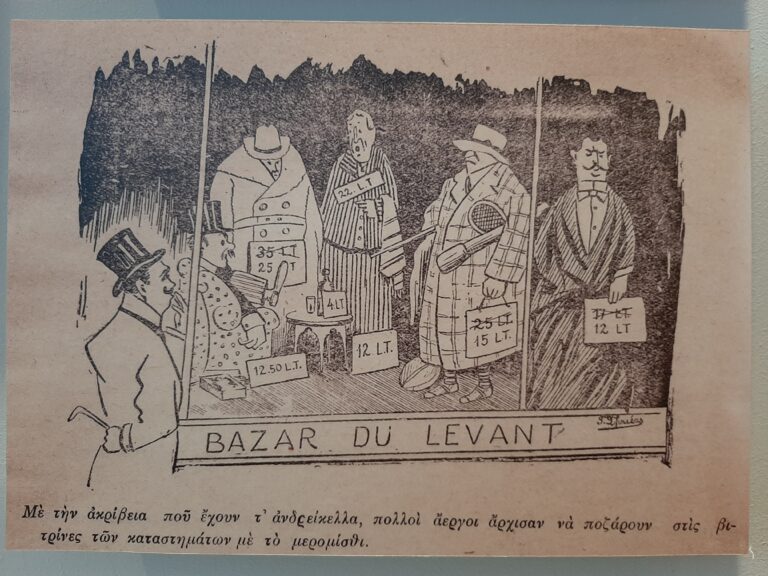
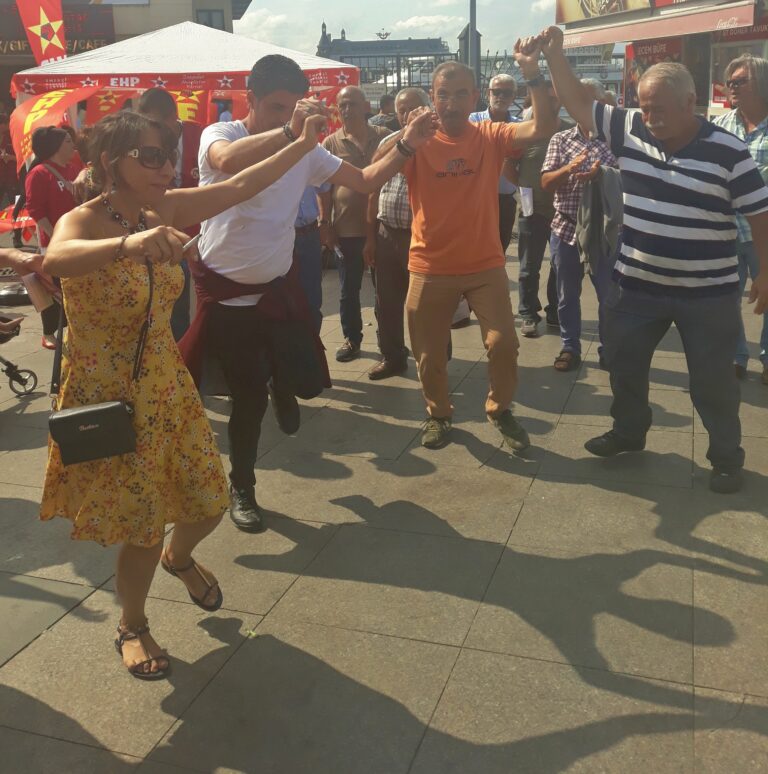

I always enjoy reading your well written articles. It’s perfect for someone like me, who wants to know the history but doesn’t have much time to research or read lengthy books/articles. Much appreciated 🙏😊
Thank you for the feedback Cressida, I really appreciate it and am happy you find my posts useful and easy to read.
Thanks Lisa, it’s great to get a thumbnail of this kind of history. Thanks for taking the time
Thanks for the comment Craig, and for recognising the time I put in to this.
Hi Lisa,
is this the Sultan who had the huge cannon built, with which he stormed the city? We have watched a Docudrama about him twice. He has a fascinating history.
I am intrigued by the Judas trees, having just wondered what they were whilst reading Orhan Pamuk’s Istanbul: Memories and the City (in translation I add).
As you know I really enjoy your writing thank you for this. Have had to plan my reading recently.
Hi Rosie, Yes, FSM is that sultan. I’m glad you enjoyed this post and it enhanced your reading of Pamuk’s wonderful book. Lisa
Thanks for letting me know.
Hi . “work” in the first line should be ‘world’, I think.